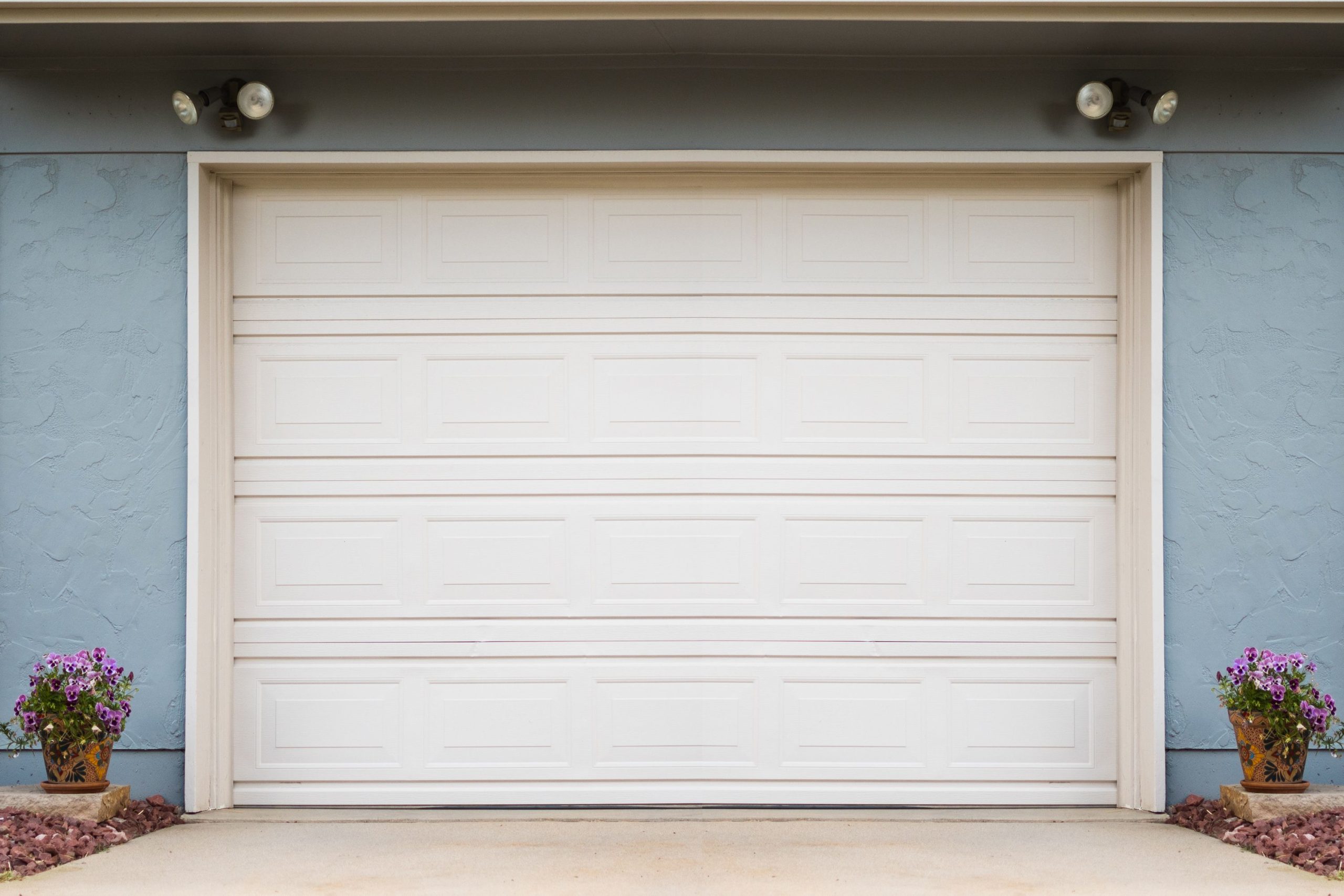Garage doors are essential to any home, providing security and convenience. However, over time, the springs that support the door can break or become damaged, leading to a malfunctioning garage door. While it’s always recommended to seek professional assistance for major repairs, minor issues like a broken garage door spring can sometimes be fixed by homeowners themselves. This article will outline five essential steps for DIY broken garage door spring repair.
Step 1: Gather the necessary tools and equipment
Before attempting any DIY repair, having the right tools and equipment is crucial. For a broken garage door spring repair, you will need a ladder, safety gloves, safety glasses, an adjustable wrench, winding bars, and a replacement spring. Make sure you have all the required items before proceeding.
Step 2: Disconnect the power and secure the garage door
Safety should always be the top priority. Start by disconnecting the power to the garage door opener to avoid accidents. Then, use a ladder or clamp to secure the garage door in a fully open position. This prevents the door from accidentally closing while you’re working on it.
Step 3: Identify the type of spring and prepare for replacement
Garage doors can have two types of springs: torsion springs or extension springs. It’s important to identify the type of spring your garage door has before proceeding. Once identified, measure the dimensions of the broken spring and obtain a replacement of the same size and type.

Step 4: Remove the broken spring and install the new one
Carefully follow the manufacturer’s instructions to remove the broken spring. This typically involves releasing tension from the spring, loosening the set screws, unhooking the extension spring, and detaching it from the door. Once the broken spring is removed, install the new spring by reversing the steps.
Step 5: Test the garage door and ensure properly functioning
After installing the new spring, it’s crucial to test the garage door to ensure it’s working correctly. Remove any clamps or supports and slowly lower the door. The door should move smoothly and remain balanced. Recheck the installation or seek professional assistance if there are any issues, such as excessive noise or imbalance.
Conclusion
DIY broken garage door spring repair can be a cost-effective solution for minor issues. By following the five essential steps outlined in this article, homeowners can confidently tackle this repair. However, it’s important to note that a professional should always address more complex garage door issues to ensure safety and proper functionality.
